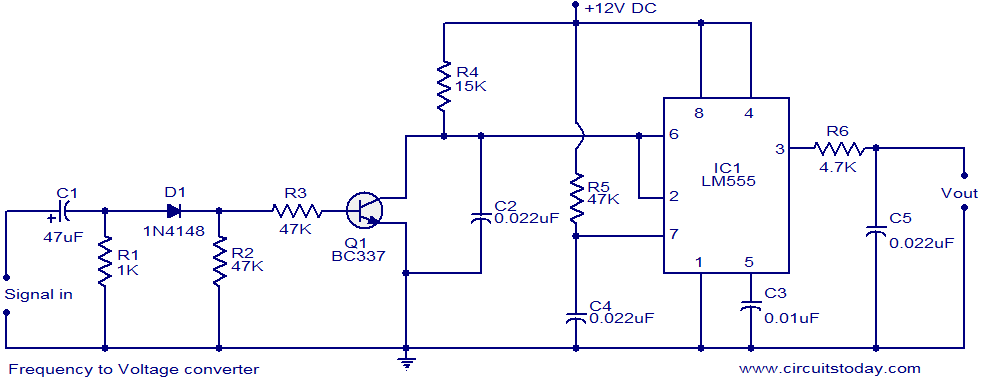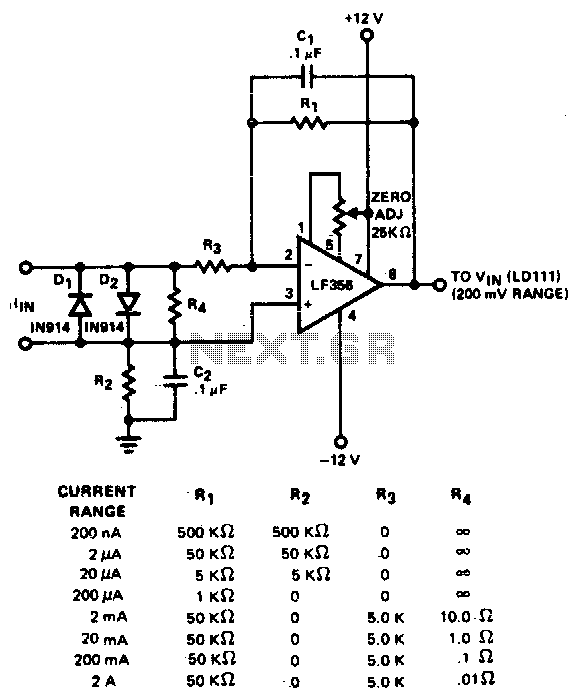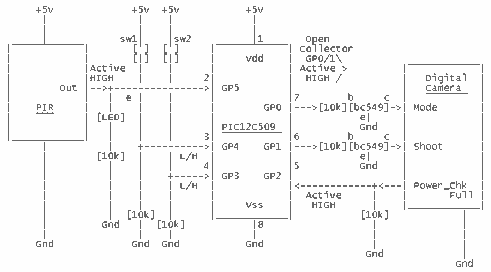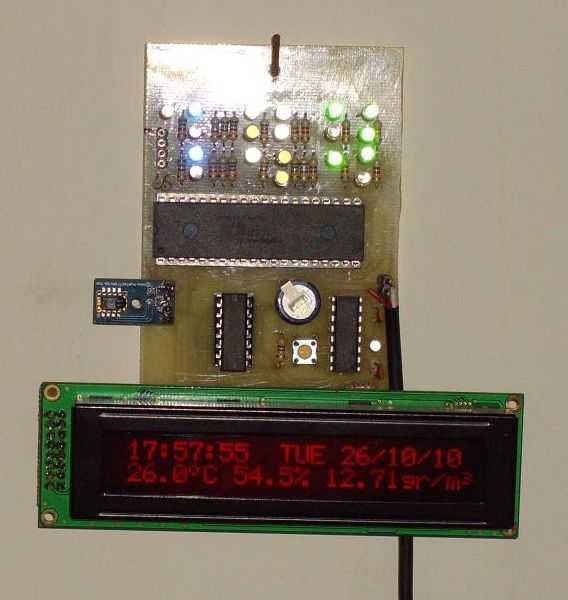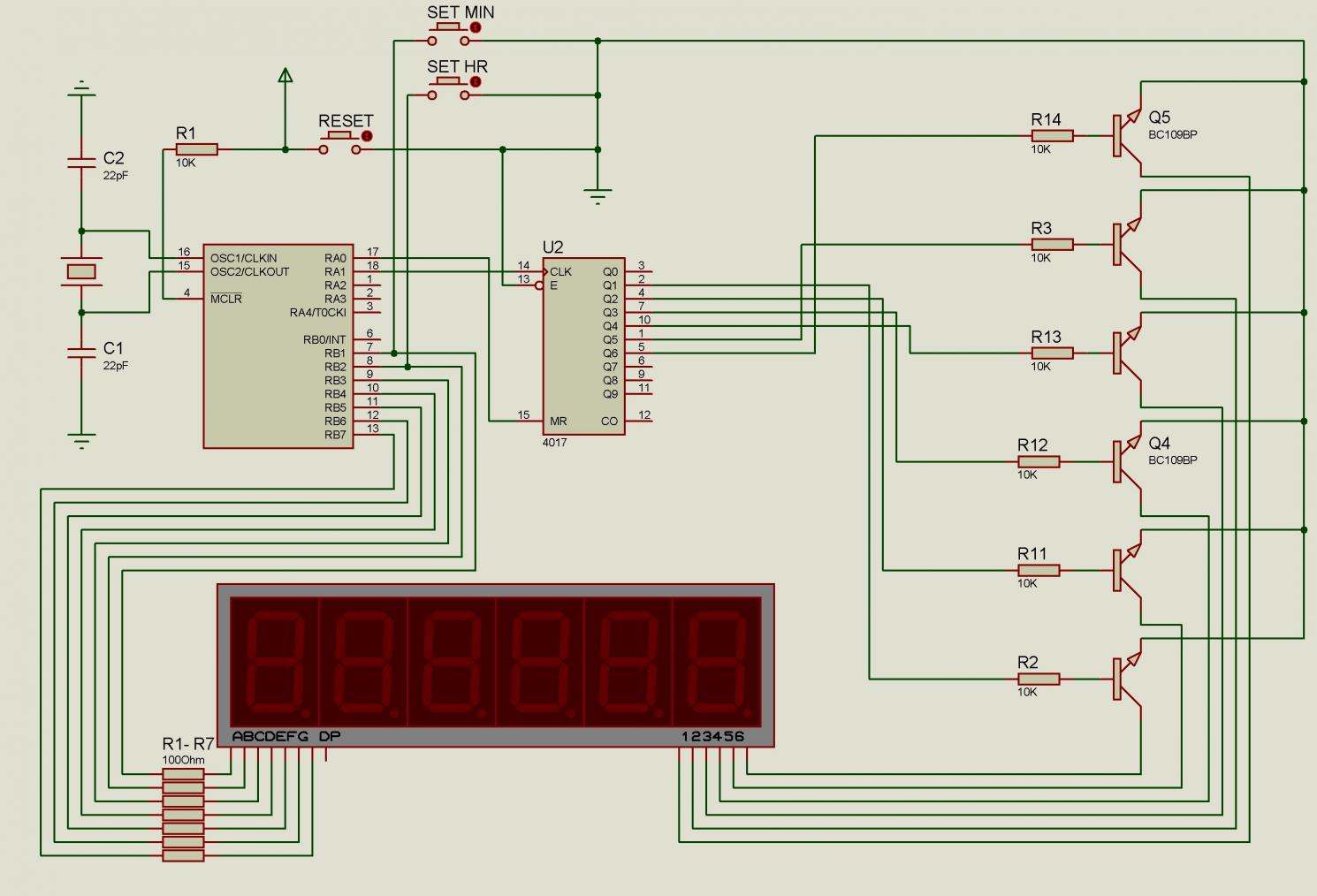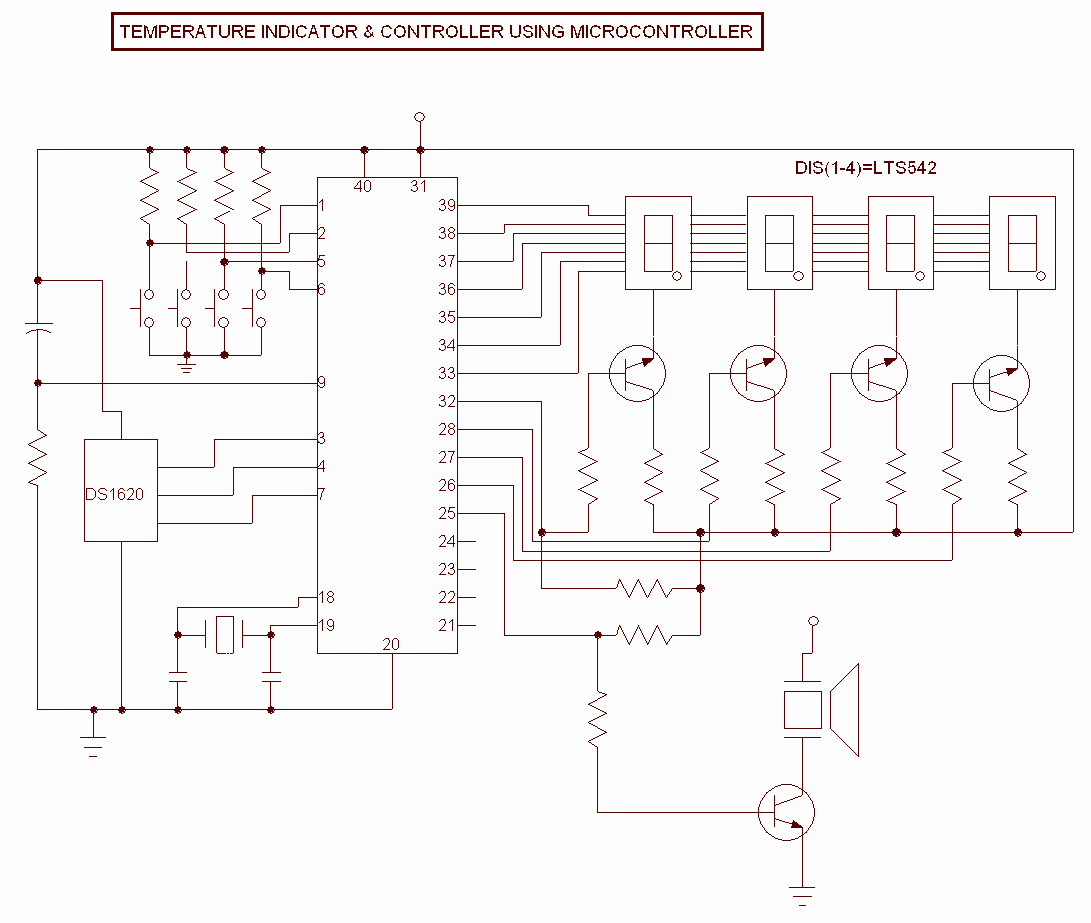
Monolithic/Hybrid Analog To Digital (A/D) Converter
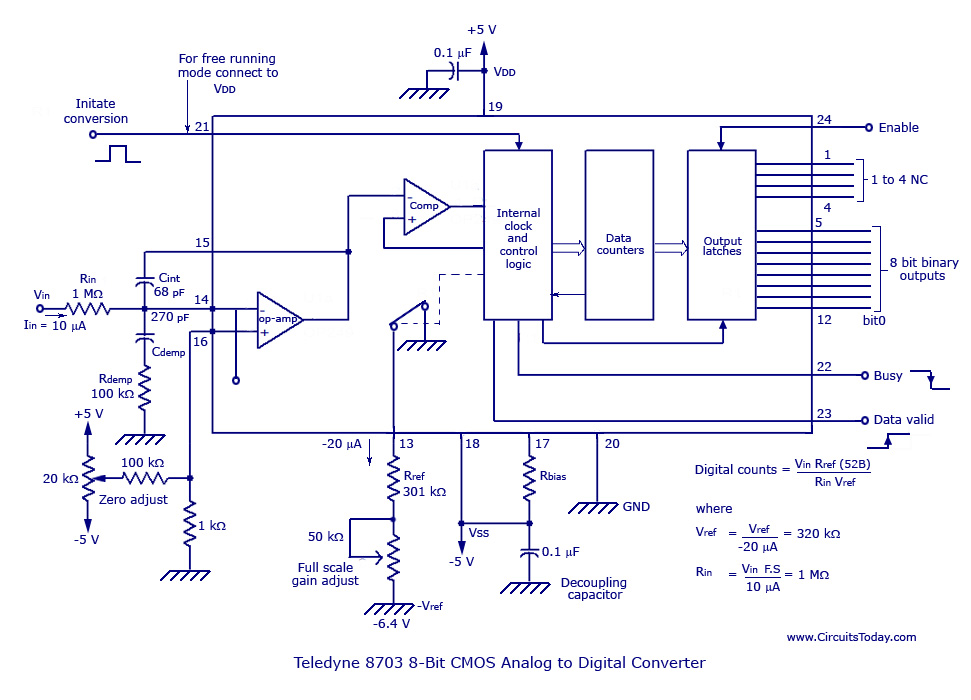
The basic analog to digital (A/D) converter circuit has been previously explained. In addition to this, various types of monolithic analog to digital converters exist, including the integrating A/D, integrating A/D with three-stage outputs, and the tracking A/D with latched outputs. The outputs of A/D converters are typically coded in formats such as straight binary, binary-coded decimal (BCD), complementary binary (1's or 2's), and sign-magnitude binary. An example is illustrated with an 8-bit monolithic CMOS analog to digital converter featuring three-state output. This converter is designed for compatibility with microprocessors and demonstrates high stability across a wide temperature range. It includes all essential active elements and provides latched parallel binary outputs with options for strobed or free-running conversion. The converter supports an infinite input range, allowing any positive voltage to be applied through a scaling register (Rin). The circuit diagram of a Teledyne 8703 8-bit Monolithic CMOS analog to digital converter is presented in a 24-pin DIP package. Additionally, many hybrid A/D converters are available, such as the successive-approximation A/D with input buffer amplifier, low-power CMOS A/D, fast A/D with sample-and-hold, and ultrafast A/D with input buffer amplifier. Datel Intersil's hybrid ADC-815MC is a high-speed 8-bit successive-approximation A/D converter capable of achieving 8-bit resolution in just 600 nanoseconds. It features a six analog-input voltage range with parallel or serial outputs and does not require calibration. Datel's ADC-MC8B is an 8-bit monolithic multi-function A/D-D/A converter that operates on a single +5-V supply. This device can function as a complete D/A converter and can be configured as an A/D converter using an external comparator and a quad two-input Schmitt trigger NAND gate. Similar to digital to analog converters, specifications such as resolution and nonlinearity are also applicable to A/D converters. Another critical parameter for A/D converters is conversion time, which refers to the duration required to convert an analog input into valid digital outputs. Common applications for A/D converters include microprocessor interfacing, data printing and recording, digital voltmeters, and control of LED or LCD displays.
The analog to digital (A/D) converter circuit is a crucial component in modern electronics, enabling the conversion of continuous analog signals into discrete digital representations. The architecture of the A/D converter can vary significantly depending on the specific application requirements and the desired performance characteristics. Monolithic A/D converters, such as the 8-bit CMOS variant, integrate all necessary components into a single chip, facilitating compact designs and ease of integration into larger systems.
The three-state output configuration allows for efficient interfacing with microprocessors, enabling the converter to communicate effectively with digital systems. The use of a scaling register (Rin) provides flexibility in input voltage range management, ensuring that the converter can handle a variety of signal levels without distortion or damage. The ability to operate over a wide temperature range is essential for applications in environments where temperature fluctuations can affect performance.
Hybrid A/D converters, like the successive-approximation types, typically offer enhanced speed and performance, making them suitable for high-frequency applications. The ADC-815MC, for instance, is designed to achieve rapid conversions, which is critical in real-time processing scenarios. The parallel and serial output options enhance versatility, allowing for seamless integration into various digital systems.
Furthermore, the ADC-MC8B's dual functionality as both an A/D and D/A converter allows for greater design flexibility, enabling engineers to implement complex signal processing tasks within a single component. This dual capability is particularly advantageous in applications requiring both analog input processing and digital output generation.
In summary, A/D converters are integral to bridging the gap between the analog and digital worlds, with diverse configurations and specifications tailored to meet the demands of various electronic applications. Their role in microprocessor interfacing, data acquisition, and control systems underscores their importance in contemporary electronic design and implementation.The basic ANALOG TO DIGITAL (A/D) CONVERTER CIRCUIT has already been explained in an earlier post. Apart from it, there are also many types of monolithic analog to digital converters, such as the integrating A/D, integrating A/D with three-stage outputs, and the tracking A/D with latched outputs. In addition to this, the outputs of A/D are coded i n straight binary, binary-coded decimal (BCD), complementary binary (l`s or 2 ²s), sign-magnitude binary, and so on. The figure below illustrates an 8-bit monolithic CMOS analog to digital converter with three-state output.
The converter is made compatible with a microprocessor and it also exhibits high stability over a full temperature range. It has all the needed active elements, and has latched parallel binary outputs with strobed or free-running conversion.
It has an infinite input range since any positive voltage can be applied through a scaling register Rin. The circuit diagram of a Teledyne 8703 8-bit Monolithic CMOS analog to digital converter is given below.
It is a 24-pin DIP package. (Courtesy: Teledyne Semi-conductor) As in the case of monolithics, there are many hybrid A/D converters, such as the successive-approximation A/D with input buffer amplifier, the low-power CMOS A/D, the fast A/D with sample-and-hold, and the ultrafast A/D with input buffer amplifier. Datel Intersil`s hybrid ADC-815MC is a very high speed 8-bit successive-approximation A/D converter. It is capable of 8-bit resolution in only 600 nano seconds. It has a six analog-input voltage range with parallel or serial outputs and requires no calibration. Datel`s ADC-MC8B is an 8-bit monolithic multi-function A/D-D/A converter that operates on a single +5-V supply.
It is a complete D/A converter that can be configured as an A/D converter by using an external comparator and a quad two-input Schmitt trigger NAND gate. Similar to DIGITAL TO ANALOG CONVERTER, specifications such as resolution or nonlinearity are also used for A/D converters.
Another important parameter for A/D is conversion time. Conversion time is the time required to convert an analog input into valid digital outputs. Typical applications of A/D converters include microprocessor interfacing, data printing and recording, digital voltmeters, and control of LED or LCD displays. 🔗 External reference
The analog to digital (A/D) converter circuit is a crucial component in modern electronics, enabling the conversion of continuous analog signals into discrete digital representations. The architecture of the A/D converter can vary significantly depending on the specific application requirements and the desired performance characteristics. Monolithic A/D converters, such as the 8-bit CMOS variant, integrate all necessary components into a single chip, facilitating compact designs and ease of integration into larger systems.
The three-state output configuration allows for efficient interfacing with microprocessors, enabling the converter to communicate effectively with digital systems. The use of a scaling register (Rin) provides flexibility in input voltage range management, ensuring that the converter can handle a variety of signal levels without distortion or damage. The ability to operate over a wide temperature range is essential for applications in environments where temperature fluctuations can affect performance.
Hybrid A/D converters, like the successive-approximation types, typically offer enhanced speed and performance, making them suitable for high-frequency applications. The ADC-815MC, for instance, is designed to achieve rapid conversions, which is critical in real-time processing scenarios. The parallel and serial output options enhance versatility, allowing for seamless integration into various digital systems.
Furthermore, the ADC-MC8B's dual functionality as both an A/D and D/A converter allows for greater design flexibility, enabling engineers to implement complex signal processing tasks within a single component. This dual capability is particularly advantageous in applications requiring both analog input processing and digital output generation.
In summary, A/D converters are integral to bridging the gap between the analog and digital worlds, with diverse configurations and specifications tailored to meet the demands of various electronic applications. Their role in microprocessor interfacing, data acquisition, and control systems underscores their importance in contemporary electronic design and implementation.The basic ANALOG TO DIGITAL (A/D) CONVERTER CIRCUIT has already been explained in an earlier post. Apart from it, there are also many types of monolithic analog to digital converters, such as the integrating A/D, integrating A/D with three-stage outputs, and the tracking A/D with latched outputs. In addition to this, the outputs of A/D are coded i n straight binary, binary-coded decimal (BCD), complementary binary (l`s or 2 ²s), sign-magnitude binary, and so on. The figure below illustrates an 8-bit monolithic CMOS analog to digital converter with three-state output.
The converter is made compatible with a microprocessor and it also exhibits high stability over a full temperature range. It has all the needed active elements, and has latched parallel binary outputs with strobed or free-running conversion.
It has an infinite input range since any positive voltage can be applied through a scaling register Rin. The circuit diagram of a Teledyne 8703 8-bit Monolithic CMOS analog to digital converter is given below.
It is a 24-pin DIP package. (Courtesy: Teledyne Semi-conductor) As in the case of monolithics, there are many hybrid A/D converters, such as the successive-approximation A/D with input buffer amplifier, the low-power CMOS A/D, the fast A/D with sample-and-hold, and the ultrafast A/D with input buffer amplifier. Datel Intersil`s hybrid ADC-815MC is a very high speed 8-bit successive-approximation A/D converter. It is capable of 8-bit resolution in only 600 nano seconds. It has a six analog-input voltage range with parallel or serial outputs and requires no calibration. Datel`s ADC-MC8B is an 8-bit monolithic multi-function A/D-D/A converter that operates on a single +5-V supply.
It is a complete D/A converter that can be configured as an A/D converter by using an external comparator and a quad two-input Schmitt trigger NAND gate. Similar to DIGITAL TO ANALOG CONVERTER, specifications such as resolution or nonlinearity are also used for A/D converters.
Another important parameter for A/D is conversion time. Conversion time is the time required to convert an analog input into valid digital outputs. Typical applications of A/D converters include microprocessor interfacing, data printing and recording, digital voltmeters, and control of LED or LCD displays. 🔗 External reference
Warning: include(partials/cookie-banner.php): Failed to open stream: Permission denied in /var/www/html/nextgr/view-circuit.php on line 713
Warning: include(): Failed opening 'partials/cookie-banner.php' for inclusion (include_path='.:/usr/share/php') in /var/www/html/nextgr/view-circuit.php on line 713
